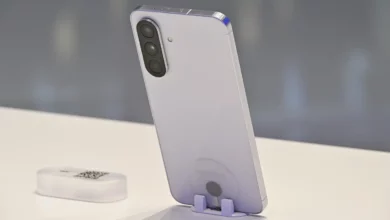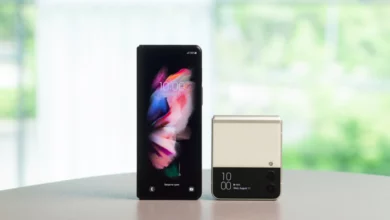Samsung now expanding its Samsung Wallet to 8 more countries

Samsung has its own payment app in the form of a Samsung wallet; before this, the Korean giant introduced Samsung pay, specifically designed to perform finance-related work. Last year, the company combined it with another application known as Samsung Pass and named it Samsung wallet. The service was first launched in South Korea and the US. Later it was launched in several other countries.
Samsung wallet is only compatible with Galaxy devices because the company has designed it according to galaxy devices only. With the app, you can do several things like you can store digital keys in the app securely, can use a Digital management tool to manage your cryptocurrency, it allows you to add your boarding pass from select airlines so you can access it with just a swipe, and, most important you can easily do payment transactions by adding your credit card, debit card and more.
Samsung Wallet is now available 8 more regions
Recently, Samsung has expanded its application in eight new countries, including Australia, Hong Kong, India, Malaysia, Taiwan, and Singapore. As per the information, the app is already available in 21 countries, such as Bahrain, China, Denmark, Finland, France, Germany, Italy, Kazakhstan, Korea, Kuwait, Norway, Oman, Qatar, South Africa, Spain, Sweden, Switzerland, Vietnam, UAE, the UK, and the US.
Galaxy S23 Ultra Specifications Revealed: One UI 5.1, 200MP Camera, 5000 mAh Battery, and More
Jeanie Han, EVP and Head of the Digital Wallet Team at Mobile eXperience Business, Samsung Electronics, said, “When Samsung launched Samsung Wallet last year, we committed to building the experience through open partnerships with our business and service providers and ensuring access to the platform for as many people as possible. Over the past several months, we’ve worked hard to rapidly expand the availability of Samsung Wallet, bringing the platform to more potential users.”
One UI 5.1 official confirmation: Which phones will receive it
Samsung is gradually expanding the wallet app, so you have to wait until it reaches your country. Once it is available in your region, you can download it through the Galaxy store, and those who are using the Samsung Pay app can install a new update to convert it into a Samsung wallet.



